Tungsten Carbide Sputtering Target Description
Tungsten Carbide sputtering target from TFM is a carbide ceramic material with the chemical formula WC. This material is known for its exceptional hardness and high melting point, making it ideal for various industrial applications, including thin film deposition, cutting tools, and wear-resistant coatings.
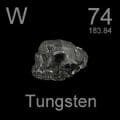 Tungsten, also known as wolfram, is a chemical element whose name originates from the Swedish term ‘tung sten,’ meaning heavy stone. The symbol “W,” derived from the mineral name wolframite, is the canonical symbol for tungsten. It was first mentioned in 1781 and observed by T. Bergman, with its isolation later achieved and announced by J. and F. Elhuyar. Tungsten has an atomic number of 74 in the periodic table, located in Period 6 and Group 6, within the d-block. The relative atomic mass of tungsten is 183.84(1) Dalton, with the number in brackets indicating the measurement uncertainty.
Tungsten, also known as wolfram, is a chemical element whose name originates from the Swedish term ‘tung sten,’ meaning heavy stone. The symbol “W,” derived from the mineral name wolframite, is the canonical symbol for tungsten. It was first mentioned in 1781 and observed by T. Bergman, with its isolation later achieved and announced by J. and F. Elhuyar. Tungsten has an atomic number of 74 in the periodic table, located in Period 6 and Group 6, within the d-block. The relative atomic mass of tungsten is 183.84(1) Dalton, with the number in brackets indicating the measurement uncertainty.
Related Product: Tungsten (W) Sputtering Target
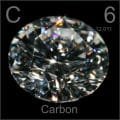 Carbon is a chemical element that gets its name from the Latin word ‘carbo,’ which means charcoal. It has been known and used since at least 3750 BC, with early uses attributed to the Egyptians and Sumerians. The symbol “C” is universally recognized as the chemical symbol for carbon. In the periodic table, carbon has the atomic number 6, placing it in Period 2 and Group 14 within the p-block. The relative atomic mass of carbon is approximately 12.0107(8) Dalton, with the number in brackets indicating the uncertainty in this measurement.
Carbon is a chemical element that gets its name from the Latin word ‘carbo,’ which means charcoal. It has been known and used since at least 3750 BC, with early uses attributed to the Egyptians and Sumerians. The symbol “C” is universally recognized as the chemical symbol for carbon. In the periodic table, carbon has the atomic number 6, placing it in Period 2 and Group 14 within the p-block. The relative atomic mass of carbon is approximately 12.0107(8) Dalton, with the number in brackets indicating the uncertainty in this measurement.
Tungsten Carbide Sputtering Target Packaging
Our Tungsten Carbide Sputtering Target is meticulously tagged and labeled externally to ensure clear identification and maintain strict quality control. We take extensive care in handling and packaging these targets to prevent any damage during storage and transportation, thereby preserving the product’s integrity and ensuring it arrives in optimal condition.
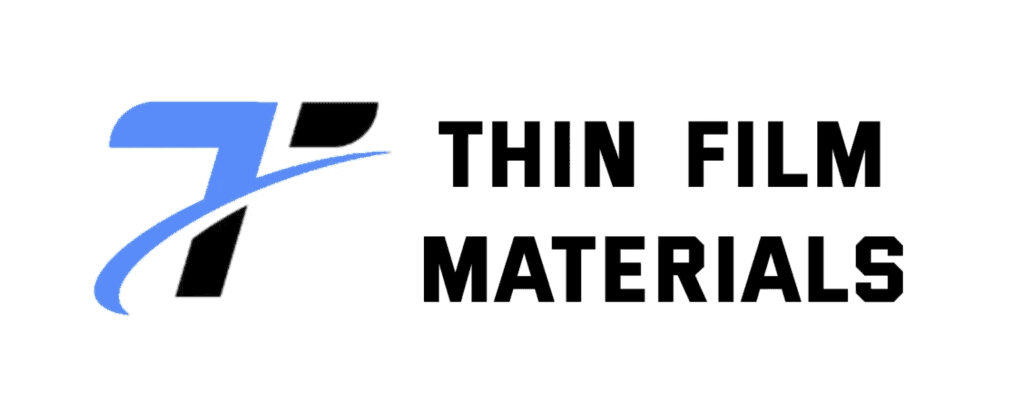

 MSDS File
MSDS File
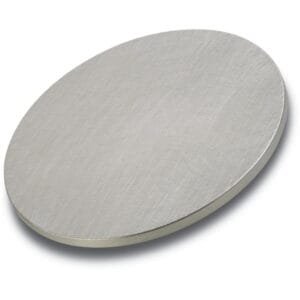
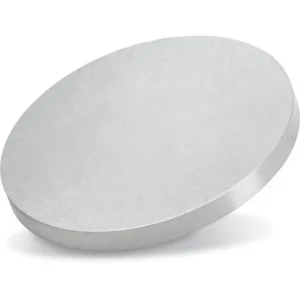
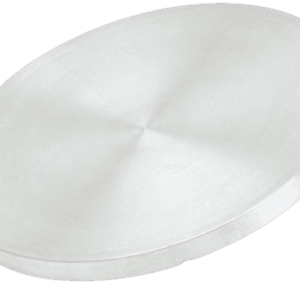
Reviews
There are no reviews yet.